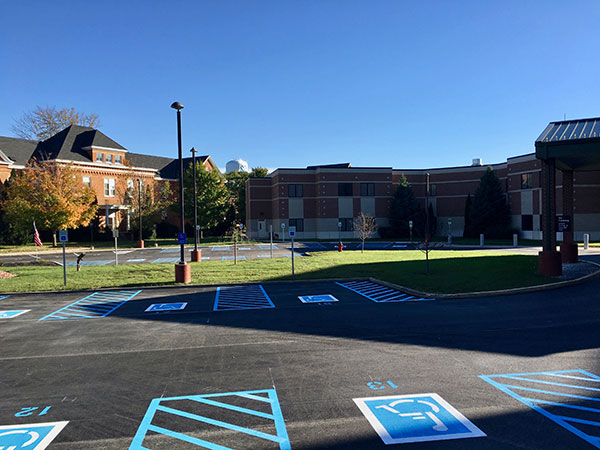In a world striving for inclusivity, accessibility is not merely a goal but a fundamental right. One often overlooked aspect of accessibility is ADA compliance signage. These signs play a crucial role in ensuring that public spaces are accessible to all individuals, regardless of their physical abilities. Here’s why ADA compliance signage is so important.
First and foremost, ADA compliance signage provides crucial information to individuals with disabilities, guiding them to accessible entrances, restrooms, elevators, and other amenities. Clear and prominently displayed signage eliminates confusion and frustration, empowering individuals to navigate public spaces with confidence and independence.
Moreover, ADA compliance signage communicates a message of inclusivity and respect for diversity. By prominently displaying signage that adheres to accessibility standards, businesses and organizations demonstrate their commitment to creating welcoming environments for everyone. This fosters a sense of belonging and promotes a culture of equality and understanding.
Additionally, ADA compliance signage is not only beneficial for individuals with disabilities but also for caregivers, family members, and friends who may accompany them. Clear signage reduces the burden on caregivers and allows them to focus on providing support and assistance without the added stress of navigating unfamiliar surroundings.
Furthermore, ADA compliance signage is often a legal requirement. The Americans with Disabilities Act (ADA) mandates that public accommodations and commercial facilities provide accessible signage to ensure equal access for individuals with disabilities. Failure to comply with these regulations can result in legal consequences and damage to a business’s reputation.
ADA compliance signage is a vital component of creating inclusive and accessible environments. By providing clear and informative signage, businesses and organizations not only fulfill legal obligations but also demonstrate their commitment to diversity, equality, and inclusion. Let’s continue to prioritize accessibility in our public spaces, ensuring that everyone has the opportunity to participate fully in society.

